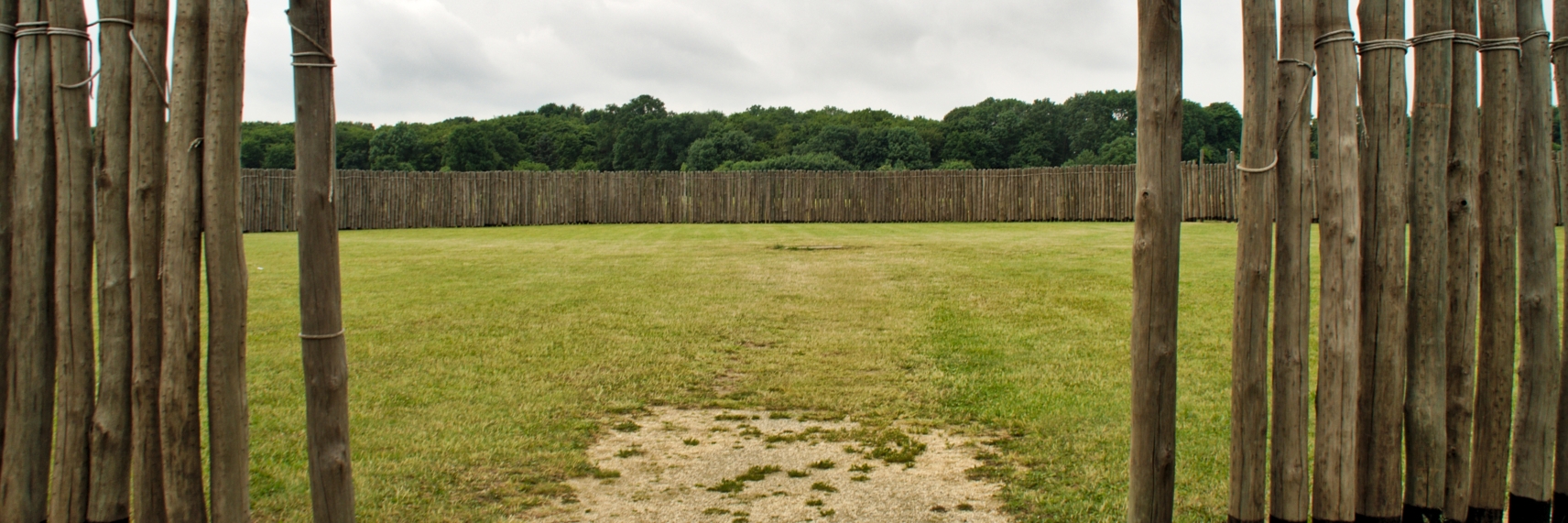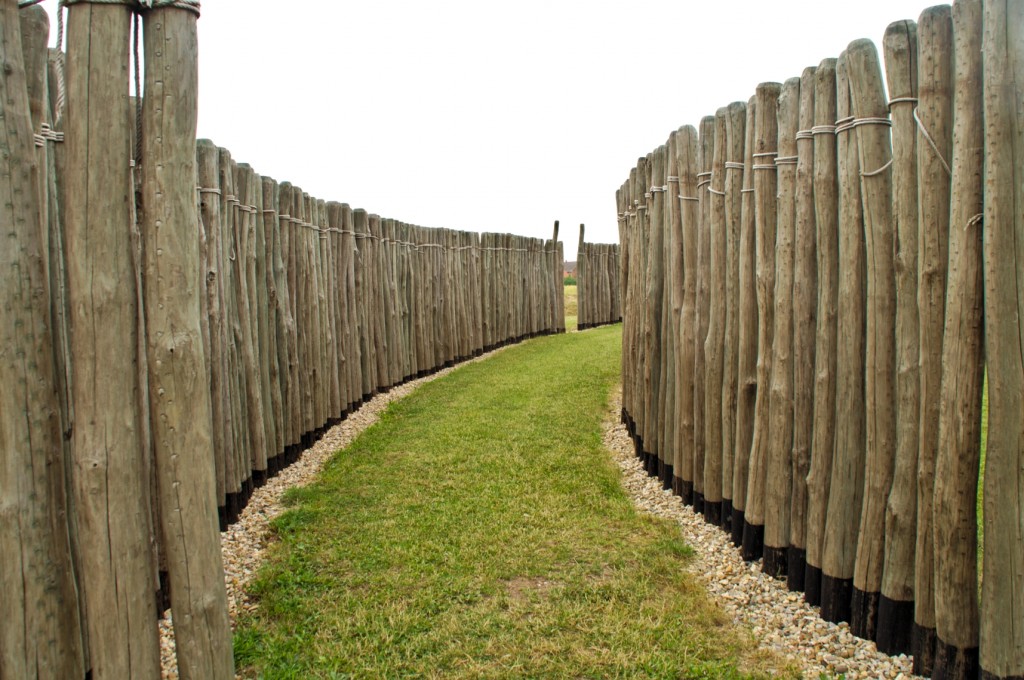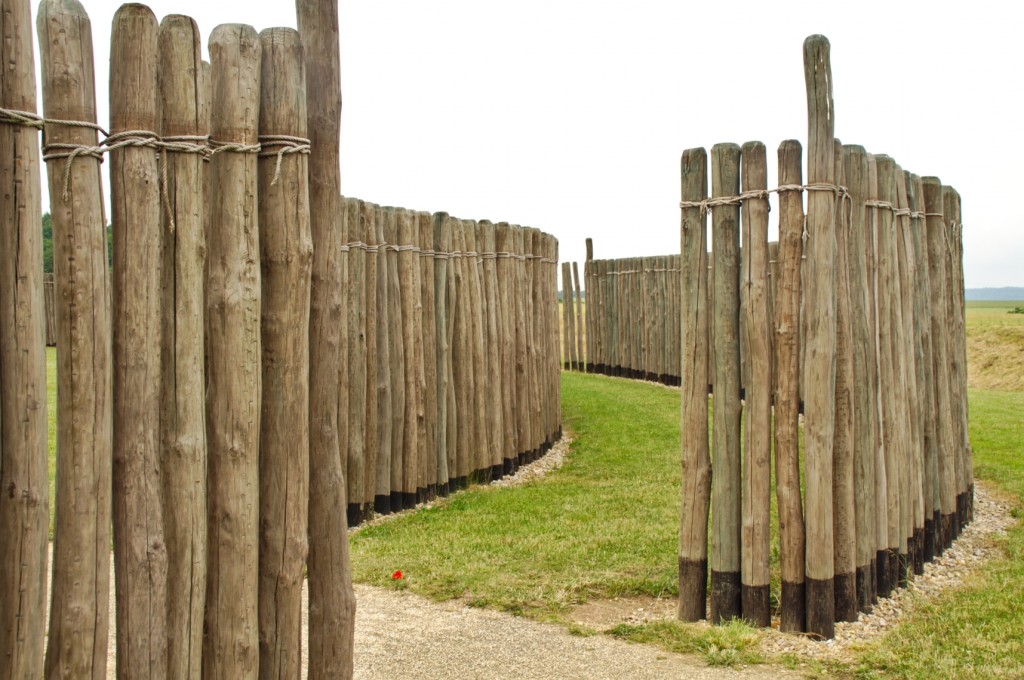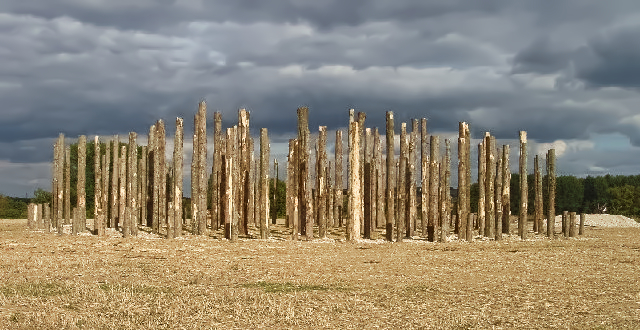Palisades at Neolithic ditched enclosures

Palisades must have been an impotant, albeit non-essential, component of many ditched enclosures. Generally speaking, a palisade is a wall built using wooden posts. Palisades are made of timber. Because of that, they tend to suffer from the same preservation problems as most archaeological features made of organic material. After some time, they start to decay until their complete disappearance. And that is only if humans do not destroy them first, for whatever ritual, pragmatic or accidental reasons.

As a consequence, contrary to ditches, banks and stones, no palisade has survived until today in any Neolithic ditched enclosure. However, often they leave some kind of trace behind that offers archaeologists the possibility of inferring their existence and location. The most usual and straightforward physical trace of a palisade is a narrow and shallow trench where the foundations of the palisade once stood. This is almost always laid out internally to the ditch, although cases where timber structures surround ditch segments have been documented.

But even so, these traces may easily disappear due to post-abandonment processes. Moreover, depending on the way banks and palisades are combined, a palisade may not leave a foundation trench at all. Despite all this, palisades are supposed to be one of the key architectural elements of many Neolithic ditched enclosures. Further, we know that, at least in some regions of Northern Europe, timber circles, that is, palisade enclosures without a proper ditch, and other kinds of circular structures composed of wooden posts, were erected in Neolithic times.

An example: Palisades at Goseck

Discovered via aerial survey in 1991 and investigated by the University of Halle, the Neolithic Circular Ditched Enclosure at Goseck (Saxony-Anhalt, Germany) has become the flagship site for the Central European Rondel phenomenon. It was built around 4800 BCE. It consists of an almost fully circular ditch and two concentric rings of palisades, with entrances that are aligned to astronomical features related to the movement of the sun at the winter solstice. There is a nearby information centre in Goseck Castle and the site, which was reconstructed in situ in 2005, is open to visitors. More information at the website of the Goseck information centre.
Next: Standing stones